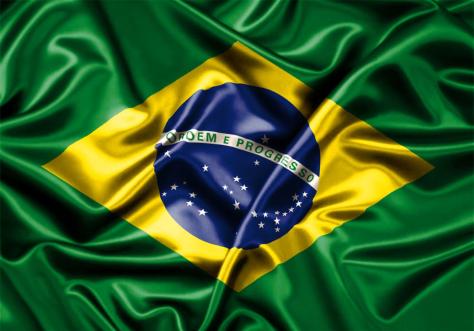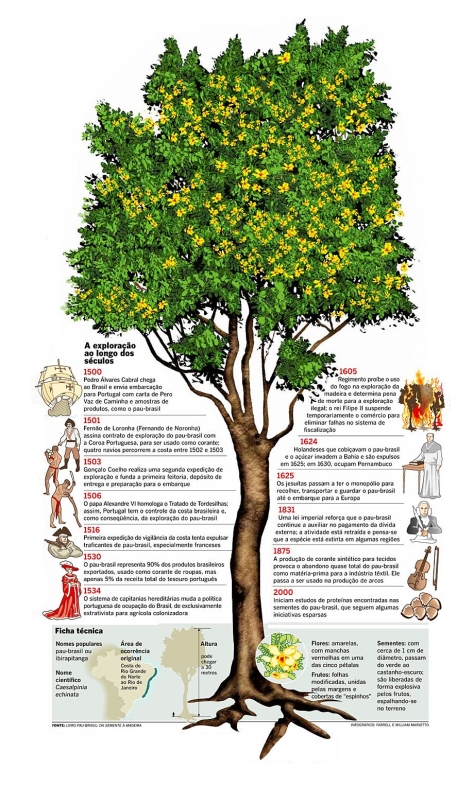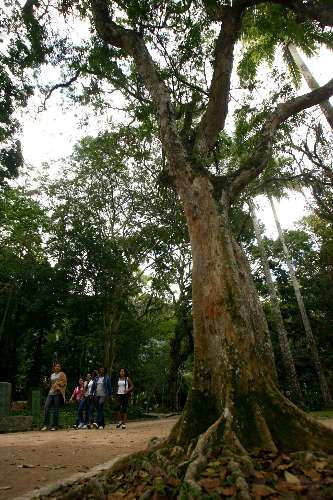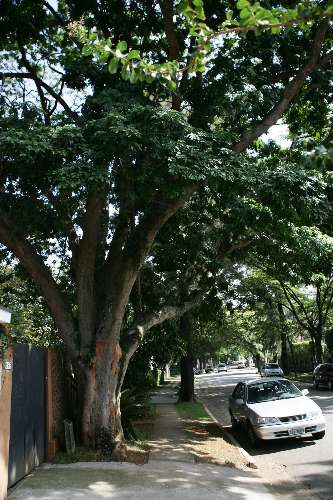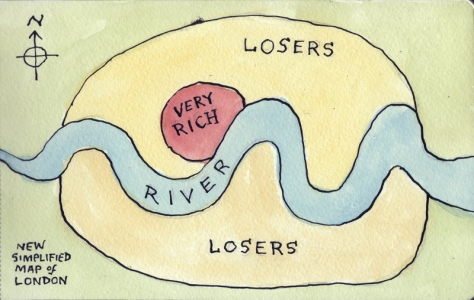The Hand of Glory
By Richard Harris Barham
On the lone bleak moor,
At the midnight hour,
Beneath the Gallows Tree,
Hand in hand
The Murderers stand
By one, by two, by three!
And the Moon that night
With a gray, cold light
Each baleful object tips;
One half of her form
Is seen through the storm,
The other half ‘s hid in Eclipse!
And the cold Wind howls,
And the Thunder growls,
And the Lightning is broad and bright;
And altogether
It’s very bad weather,
And an unpleasant sort of a night!
“Now mount who list,
And close by the wrist
Sever me quickly the Dead Man’s fist!
Now climb who dare
Where he swings in air,
And pluck me five locks of the Dead Man’s hair!”
As a festival of fright and laughter, Halloween is our annual celebration of the Romantic spirit. Fear takes us on a journey into a higher reality; laughter brings us back to earth with a bump. The combination of the two means we can open and close our eyes to the beyond, without being blinded by its glare.
For me, the perfect Halloween poem comes from “The Ingoldsby Legends,” a wonderful hodgepodge of verse and tall tales written by a bored country cleric in 19th century England. At the time, the book was a huge hit, going through a number of editions, before lapsing into obscurity.
I only heard of it from a passing reference in Rider Haggard’s adventure classic “King’s Solomon’s Mines.” Opening up a second-hand copy, I was plunged headlong into the rollicking yarn, “The Hand of Glory.”
The legend of the hand of glory states that if you light a dead man’s hand the smoke will paralyze all those who inhale the fumes. This grisly candle features in the Hammer film, “The Wicker Man,” and even appears in “Harry Potter and the Chamber of Secrets,” where it is one of the uncanny objects in the Dark Arts shop Borgin & Burkes, visited by Draco Malfoy in the nefarious Knockturn Alley.
The poem begins by setting the scene, where all the classic elements of horror are present and correct. We are on the “lone bleak moor,” where we can almost hear the gnashing of the wind. It is, unsurprisingly, midnight—and a hanged man swings from the gallows. Three murderers have come for his bloodless hand. If we’re searching for a spine-tingling tale, what more could we ask for?
Half-eclipsed, the moon casts its “gray, cold light” on the dismal landscape. As the “wind howls” and the “thunder growls” the passage seems to build towards a vision of complete nightmare. And when we reach the word “altogether,” we expect a revelation of unimaginable and unmentionable evil.
Instead, the speaker adds, “It’s very bad weather,” as if reading the weather forecast! Terror turns into nothing more than tutting disapproval and the contrast evokes shrieks of laughter rather than fear. This technique of pulling the rug from underneath our feet is repeated throughout the poem, as if the speaker is struggling to keep a straight face.
Now we hear the voice of one of the murderers coming through the storm. He challenges those who “list” (meaning “listen”) “to sever the dead man’s wrist.” The use of triple rhyme gives his words a marvelous swing and ring, and the final line, “And pluck me five locks of the dead man’s hair” rounds off the passage with tremendous, lip-smacking relish. Who could resist the temptation to say the words aloud in a suitably sinister voice?
The poem goes to describe how the murderers meet the local witch, whose most grotesque feature seems to be her bad taste in hats. They all go off to Tappington Hall, burn the Hand of Glory and burst in. Upstairs, an old miser is counting his money and is suddenly frozen in place. The murderers kill him and take his treasure—and we are treated to a ghoulish description of the gore-drenched corpse, “carotid and jugular both cut through!”
However, in the morning, the man’s little pug dog tracks the murderers down “with his little pug nose,” sniffing out the fat goose feast they are enjoying at the local inn. At the end, the fiends are hanged, and the witch is carried off by the Grim Reaper himself. The poem concludes on perhaps the funniest moment of all, when the speaker drolly describes this tallest of tales as “this truest of stories.”
This is poetry proud to be purple and just made to be performed. So if you can, look up the whole poem online and print it out. Light a candle, dim the lights and share with your family and friends on Halloween. There will be fright and laughter galore.
The Reverend Richard Harris Barham (1788–1845) was a curate in the Church of England. The “Ingoldsby Legends” was originally published under the pseudonym Thomas Ingoldsby.
Christopher Nield is a poet living in London.
http://www.theepochtimes.com/n2/arts-entertainment/the-antidote-a-reading-from-the-hand-of-glory-63410.html
Share this: Compartilhe isto:
